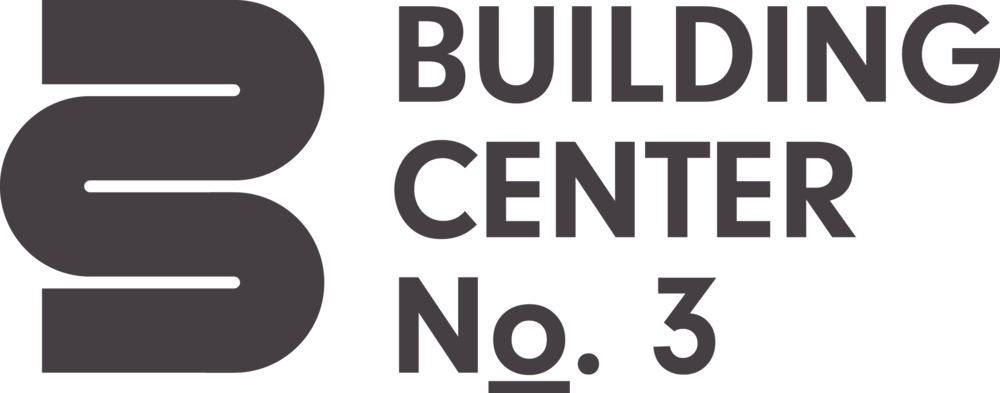In the previous post we introduced the topic of materials boards and discussed what they are and how they are used in a project. In this post we will delve into more specifics. There are few spaces in the home that are more important than the kitchen. For many families mornings and dinner center around food preparations and serving and it is a gathering social gather for all members of the family and also guests when visiting. Given its importance it is no surprise that during the design process in our office this space tends to demand the most time and effort as we gather materials to present to our clients. For example, when designing a kitchen we will have 3-9 options for:
Flooring
Cabinetry finish
Backsplash
Countertop
Hardware
Tile trim
Grout color
Faucets
Sinks
Under Cabinet lighting
Material Board
Clarity and aesthetics are the primary drivers behind what we want to achieve for the board. We typically organize a board by spaces or rooms so we can assemble one board per room with all of the complementary materials on one board. This helps the client understand the lighting, color, texture and tonal relationships for the space.
Our office has moved to the next stage of its development. We are now testing and prototyping our designs with new materials and creating new furniture and other custom design elements for our clients. This new direction will inform our designs, create new value for our clients and transform the presentation of our designs.

